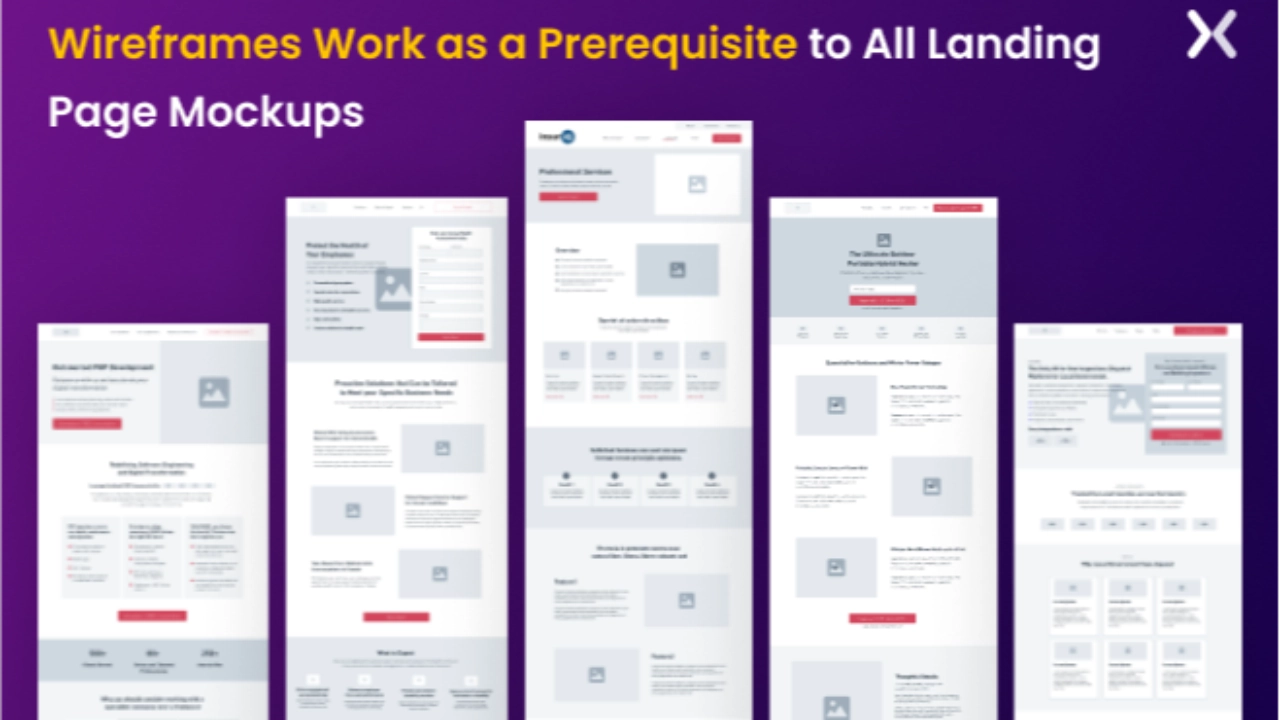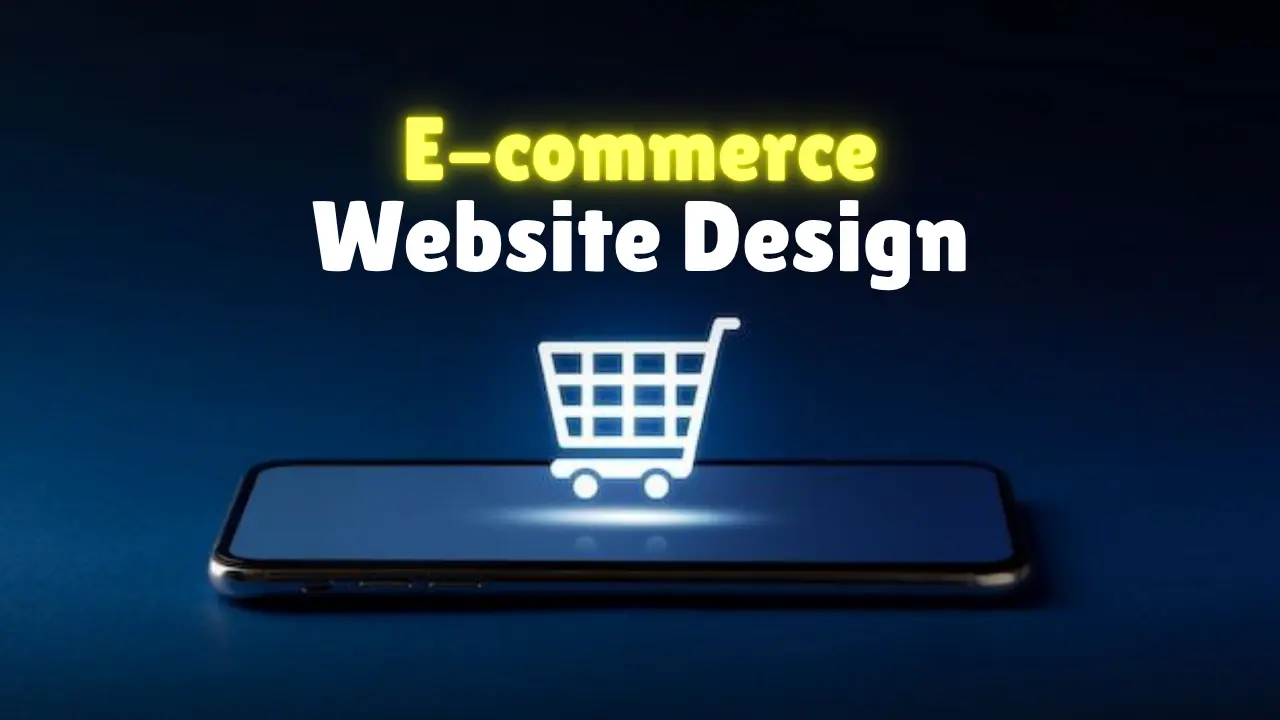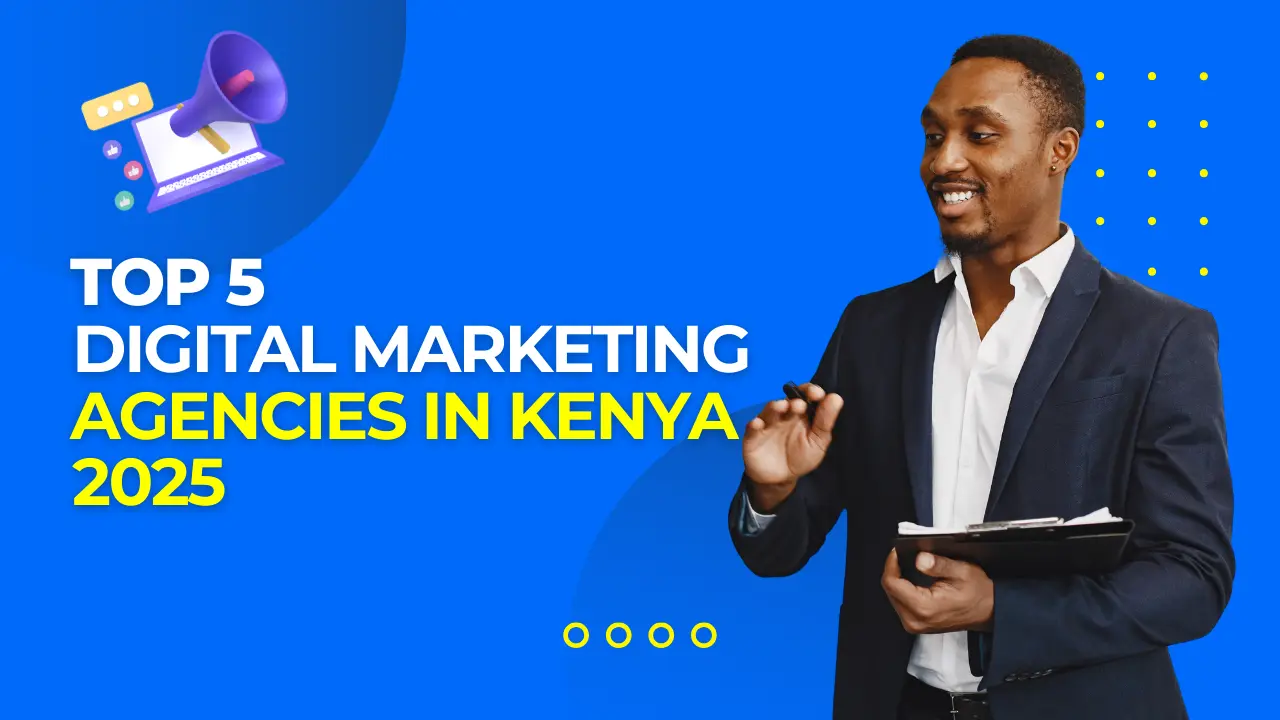How to Run Google Ads: The Step-by-Step Recipe to Success for Businesses in Kenya.
Are you a business owner or marketer in Kenya? Do you want to boost your online presence and drive sales?
Running Google Ads is a great way to do this. Millions of people in Kenya use the internet daily. Google Ads lets you connect with customers when they search for products or services like yours.
So, how do you start running Google Ads without feeling overwhelmed?
We’ll help you run successful campaigns optimized for Kenyan businesses. Ready to start running google ads? This guide offers a step by step recipe to optimize your campaigns. Unleash a never witnessed creativity spree, refine your strategies and ignite your business!
Why Google Ads Should Be Your Go-To Marketing Tool in Kenya?
Before getting down to the most important aspects of running Google Ads, let’s understand why it’s such a powerful tool for businesses in Kenya. With over 90% of internet users in Kenya relying on Google for their searches, Google Ads ensures your business is visible at the exact moment someone is looking for what you offer. From small startups to established enterprises, Google Ads helps you target the right audience, increase brand awareness and drive measurable results.
For instance, if you own a restaurant in Nairobi, you can use Google Ads to show up in search results when someone types “best restaurants near me.”
Similarly, if you’re an e-commerce store selling fashion items, you can target specific keywords like “buy affordable dresses online in Kenya” to attract shoppers. The possibilities are endless, but success requires a strategic approach, something we’ll explore in detail below.
Step 1: Define Your Campaign Goals (The Secret Ingredient)

Every successful Google Ads campaign starts with clear goals.
What do you want to achieve? Are you looking to increase website traffic, generate leads or boost sales?
Defining your objectives upfront will shape every decision you make throughout the campaign setup process.
For example, if your goal is to drive foot traffic to your physical store in Mombasa, you might focus on location-based targeting and call-to-action phrases like “Visit Us Today!” On the other hand, if you’re an online service provider in Eldoret, your ads could emphasize convenience and quick results.
Here’s a simple breakdown of common campaign goals:
| Goal | Focus Areas |
|---|---|
| Increase Sales | Product-specific keywords, clear CTAs |
| Generate Leads | Lead forms, free trials, consultations |
| Boost Brand Awareness | Visual ads, broad targeting |
| Drive Website Traffic | Informative content, competitive bids |
By aligning your goals with your audience’s needs, you set the foundation for a successful campaign.
Step 2: Conduct Thorough Keyword Research (The Right Utensil to Stir the Pot)

Keywords are the backbone of any Google Ads campaign. These are the words or phrases people type into Google when searching for something related to your business.
To ensure your ads appear in front of the right audience, you need to conduct thorough keyword research. Start by brainstorming terms that potential customers might use to find your products or services. Then, refine your list using tools like Google’s Keyword Planner or third-party platforms.
For Kenyan businesses, focusing on locally relevant keywords can make a significant difference.
For instance, instead of targeting generic terms like “buy shoes online,” consider more specific phrases like “affordable men’s shoes in Nairobi.” Additionally, don’t overlook long-tail keywords, which are longer and more specific phrases. While they may have lower search volumes, they often attract highly qualified leads who are closer to making a purchase decision.
Step 3: Craft Compelling Ad Copy (What Pleases the Eye)

Once you’ve identified your keywords, it’s time to create an ad copy that grabs attention and drives action.
Your ad should not only be visually appealing but also communicate your value proposition clearly. Think about what sets your business apart from competitors and highlight those unique selling points.
For example, if you’re offering free delivery within Nairobi, make sure that benefit stands out in your ad copy.
Here are some tips for crafting effective ad copy:
- Use action-oriented language: Words like “Shop Now,” “Get Started” or “Call Today” encourage immediate engagement.
- Highlight benefits: Focus on how your product or service solves a problem or improves the customer’s life.
- Include numbers and statistics: Phrases like “50% Off All Orders” or “Over 10,000 Happy Customers” add credibility and urgency.
- Stay compliant: Ensure your ad adheres to Google’s policies to avoid disapprovals.
Remember, your ad is often the first impression potential customers have of your business. Make it count!
Step 4: Set Your Budget and Bidding Strategy (Blend the Budget In)

One of the biggest advantages of Google Ads is its flexibility when it comes to budgeting. Unlike traditional advertising methods, you have complete control over how much you spend.
Start by determining your monthly budget based on your overall marketing goals and financial capacity. Then, divide that amount by the average number of days in a month (approximately 30) to calculate your daily budget.
When it comes to bidding, Google offers several options depending on your campaign objectives. For beginners, manual CPC bidding (cost-per-click) is a great starting point because it allows you to set maximum limits for each click. As you gain experience, you can experiment with automated bidding strategies like Target CPA (cost-per-acquisition) or Maximize Conversions.
Example Budget Breakdown:
Let’s say you allocate KES 60,000 per month for your Google Ads campaign. Dividing this by 30 gives you a daily budget of approximately KES 2,000. Depending on your industry and competition, this could result in anywhere from 50 to 200 clicks per day. A solid foundation for testing and optimization.
Step 5: Design a Seamless Landing Page (The Perfect Landing)

A well-crafted ad is only half the battle; where users land after clicking your ad matters just as much. Your landing page should provide a seamless experience that aligns with the promise made in your ad.
If your ad promotes a discount on laptops, your landing page should prominently display the offer and make it easy for visitors to complete their purchase.
Key elements of an effective landing page include:
- Clear headline: Reinforce the message from your ad.
- Strong call-to-action (CTA): Guide users toward the desired action, whether it’s filling out a form or making a purchase.
- Fast loading speed: Slow pages frustrate users and hurt conversion rates.
- Mobile optimization: With a growing number of Kenyans accessing the internet via smartphones, mobile-friendly design is non-negotiable.
If designing a high-converting landing page feels exhausting, consider partnering with experts like Explosify. Their team specializes in creating optimized landing pages that enhance user experience and maximize ROI.
Step 6: Monitor Performance and Optimize (Track, Learn and Optimize)

Running a Google Ads campaign doesn’t end once your ads go live. Continuous monitoring and optimization are crucial for long-term success. Use Google Ads’ built-in reporting tools to track key metrics such as click-through rate (CTR), cost-per-click (CPC) and conversion rate. Look for patterns and areas for improvement.
For example, if certain keywords aren’t performing well, pause them and reallocate your budget to higher-performing ones.
Additionally, take advantage of ad extensions to enhance your ads. Extensions like sitelinks, call buttons and location information provide extra value to users while increasing your ad’s visibility.
Regularly review your Search Terms Report to identify new negative keywords that may be wasting your budget.
Step 7: Implement Remarketing Strategies (Serve Fresh Again!)

Not every visitor will convert on their first interaction with your business. That’s where remarketing comes in. By showing targeted ads to people who previously visited your website or interacted with your brand, you keep your business top-of-mind and encourage them to return.
For example, if someone added a product to their cart but didn’t complete the purchase, a remarketing ad reminding them of the item can nudge them toward conversion.
In Kenya, where consumer behavior often involves multiple touchpoints before a purchase, remarketing can significantly boost your ROI. It’s also a cost-effective way to re-engage potential customers without spending excessively on acquiring new ones.
Partner with Explosify Digital for Expert Solutions
Navigating the world of Google Ads can feel overwhelming, especially if you’re juggling multiple responsibilities as a business owner. That’s where Explosify comes in.
As a leading digital marketing agency in Kenya, Explosify offers comprehensive solutions tailored to help businesses succeed online. From designing high-converting landing pages to managing end-to-end Google Ads campaigns , their team of experts ensures you achieve maximum ROI.
Whether you’re launching your first campaign or looking to scale existing efforts, Explosify provides personalized support every step of the way. Their data-driven strategies, combined with years of industry experience, make them a trusted partner for businesses across various sectors.
Serve Your Audience with Confidence
To succeed with Google Ads, you need strategy, creativity and technical skills.
By following the steps in this guide:
- Define your goals.
- Conduct keyword research.
- Create compelling ads.
- Set budgets.
- Optimize landing pages.
- Use remarketing.
You can create campaigns that deliver amazing results for your business.
Remember, the essence of significant accomplishment is in relentless study and modification.
So tie up your shoelaces, activate your Google Ads account and start building campaigns that have your contenders hungry for more solutions. And if you ever need expert solutions along the way, don’t hesitate to reach out to Explosify.
You can book a FREE consultation with our marketing strategist here.



